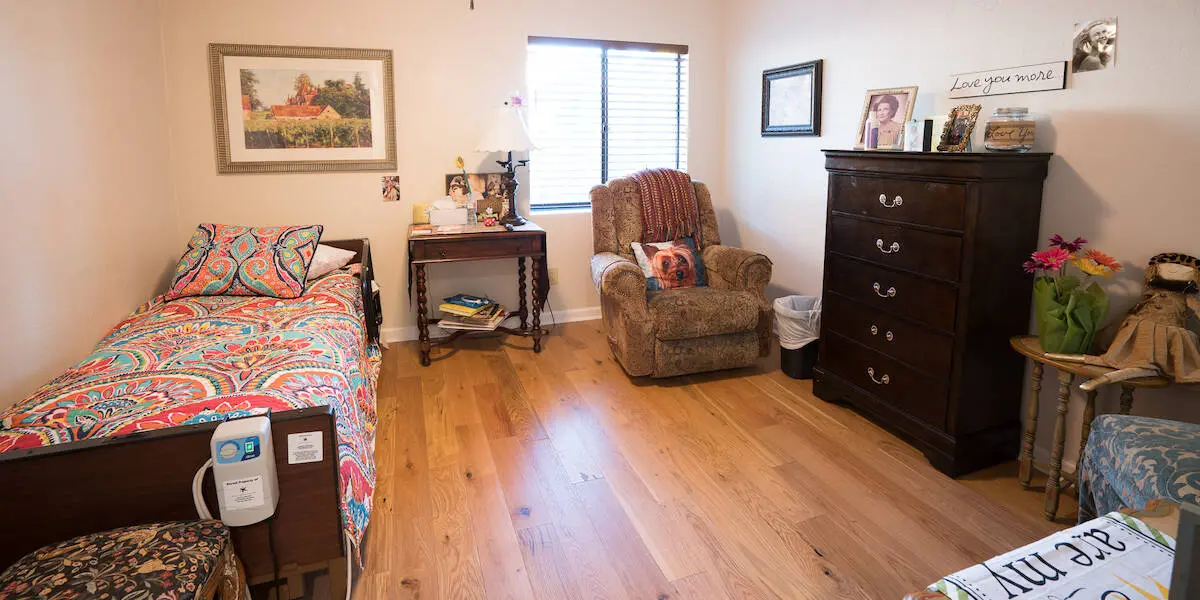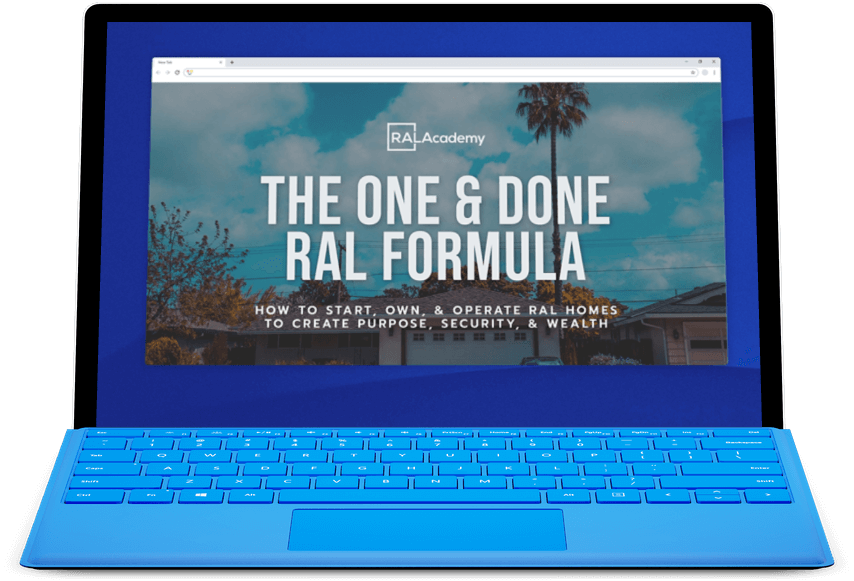As of 2018, the national average for a private room in a residential assisted living home is $3,750 per month. It’s important to stress that this is an average. All senior citizens deserve care as they age, including those who have lower incomes. But people get what they pay for, and that applies to assisted living as well.
Good average-priced assisted living facilities address your needs. Luxury assisted living facilities address your desires and indulgences. A luxury assisted living facility exceeds just meeting the basics of life – they provide excess, comfort and enjoyment.
This is why asking the cost of residential assisted living can only be answered with a loaded 3-part response addressing the different levels of assisted living:
- Low Income Senior Living Options
- Average Priced Assisted Living
- Luxury Assisted Living Facilities
Low Income Senior Living Options
Many seniors have fixed incomes. Some are on social security and government subsidies that create challenges in finding affordable senior housing. Assisted living homes make it easier for the elderly. Unfortunately, many of these homes come with high price tags. This is why finding the right low-income assisted living care home is imperative for some.
There are very few types of low-income senior housing options available. These homes are subject to income requirements, age restrictions, medical need and waiting lists. For example, in California, where the cost of living is high, the State Supplementary Program pays $1,173 monthly. Remember, an average assisted living home is $3,750 per month.
Fortunately, the federal government helps subsidize housing beyond social security benefits.
Eligibility requirements are strict and lengthy. The Department of Housing and Urban Development (HUD) provides 3 options to help seniors with assisted living housing:
- Low Income Housing Tax Credit (LIHTC): HUD participants can offer seniors low-income housing by setting aside a specific number of units. Seniors can qualify if they meet the HUD income requirements.
- Housing Choice Voucher Program: This is the Section 8 housing option where individual income must not exceed 50% of the median income in the local area.
- Section 202 Supportive Housing Program: This is a HUD sponsored program specific to seniors (adults over 62 years of age) that meet a “very low income” requirement. Section 202 housing can be excellent options, but typically have long waiting lists.
Average Priced Assisted Living
Assisted living residences can be high priced, considering the national average of $3,750, and the cost is significantly higher in some regions. Many families end up being stuck in positions where their loved ones are financially overqualified for Medicaid and low-income housing.
Unfortunately, in many cases, they also cannot afford private pay for care. Seniors in this position can create what’s called a “Miller Trust,” signing most of their assets and income over to the state to qualify for Medicaid. This tends to be a last resort – and it should be, because seniors with assets have options. It is easier to look for affordable private pay options.
Tips for Assisted Living on an Average Budget
1. Inquire About Move-in Incentives
Don’t hesitate to ask about incentives and negotiate prices. Assisted living communities work hard to keep their occupancy high.
2. Consider a Smaller and Shared Living Space
Luxurious and spacious facilities are obviously more expensive and if you have a low budget, look at smaller living spaces. Assisted living residents often look for roommates to offset expenses for affordable private pay. These are standard practices in “average” homes. You may not be able to leave this option off the table.
3. Examine Reports and Look for Referrals
Looks can be deceptive. A luxuriously advertised community may have a history of sub-standard care. On the other hand, an older, less elaborate appearing community may, in fact, offer excellent care. Viewing inspection reports may help you find a diamond in the rough. The Residential Assisted Living National Association also maintains a searchable database of preferred assisted living communities.
4. Expand Your Search Options
Assisted living communities are all about “location, location, location.” Communities in areas with lower land value are less expensive. If you live in a big city, explore communities in the suburbs or in more affordable neighborhoods.
5. Talk to the Residential Assisted Living National Association
We know pricing of assisted living facilities across the nationwide network. We refer trustworthy options and offer suggestions in your process of preparing to transition into assisted living housing.
Luxury Assisted Living Facilities
Many seniors aren’t searching for average. Some are looking to maintain their same luxurious quality of life when they relocate to assisted living homes. Luxury assisted living facilities are like living on resorts. It is best measured by the amount of extras provided. A luxury facility recognizes how to indulge the senses and cater to diverse interests, with a higher level of service to residents and visitors.
Customer service is the staff’s primary skill and goal. The staff provides a high caliber of food preparation, transportation, and an array of activities. All of these services play a role in the perception and enjoyment of a luxury experience as a resident or visitor. Also the choice of construction products with mold and stain resistance, making it easier to clean define luxury homes. New or newly renovated luxury senior facilities often have high contrast colors and patterns in decorating for aging eyes.
Higher luxury budgets allow premium elderly care facilities to invest in the increased frequency of activities. These facilities are no different from luxury neighborhoods with lovely landscaping and clean curb appeal. Luxurious senior facilities’ have gardens, larger amounts of land, high ceilings, ample space, large windows, and an overall feeling of freedom.
All these luxury perks come with a hefty price tag though.
A luxury assisted living facility ranges from $5,000 to $9,500 per month. Specialized facilities for memory care can be as high as $6,000 monthly.
Many residents of luxury senior living facilities have been wealthy throughout life and expect nothing less as seniors in assisted living homes. Whether through inheritance, a successful career, or smart investing decisions that funded their lifestyle, it’s estimated that about 12% of the senior population can afford the costs of a luxury assisted living.
Leaving a Legacy With Assisted Living
People who are age 65 or older are probably better financially prepared than you might think. Many of them have purchased long-term care insurance. As for those who didn’t, perhaps they’ve purchased a home, which has built large sums of equity. This is a sure way of securing a comfortable future in assisted living.
One last little secret, if you own your home when it’s time for you to move into an assisted living residence, you can move right into the master bedroom. Convert your own home into an assisted living paradise. Your living expenses won’t cost you a thing. When you pass on, you can pass your residential assisted living asset to your kids. Talk about leaving a legacy.
If you have questions about residential assisted living and how you can get started, check out ralacademy.com to discover what other opportunities are waiting for you.




